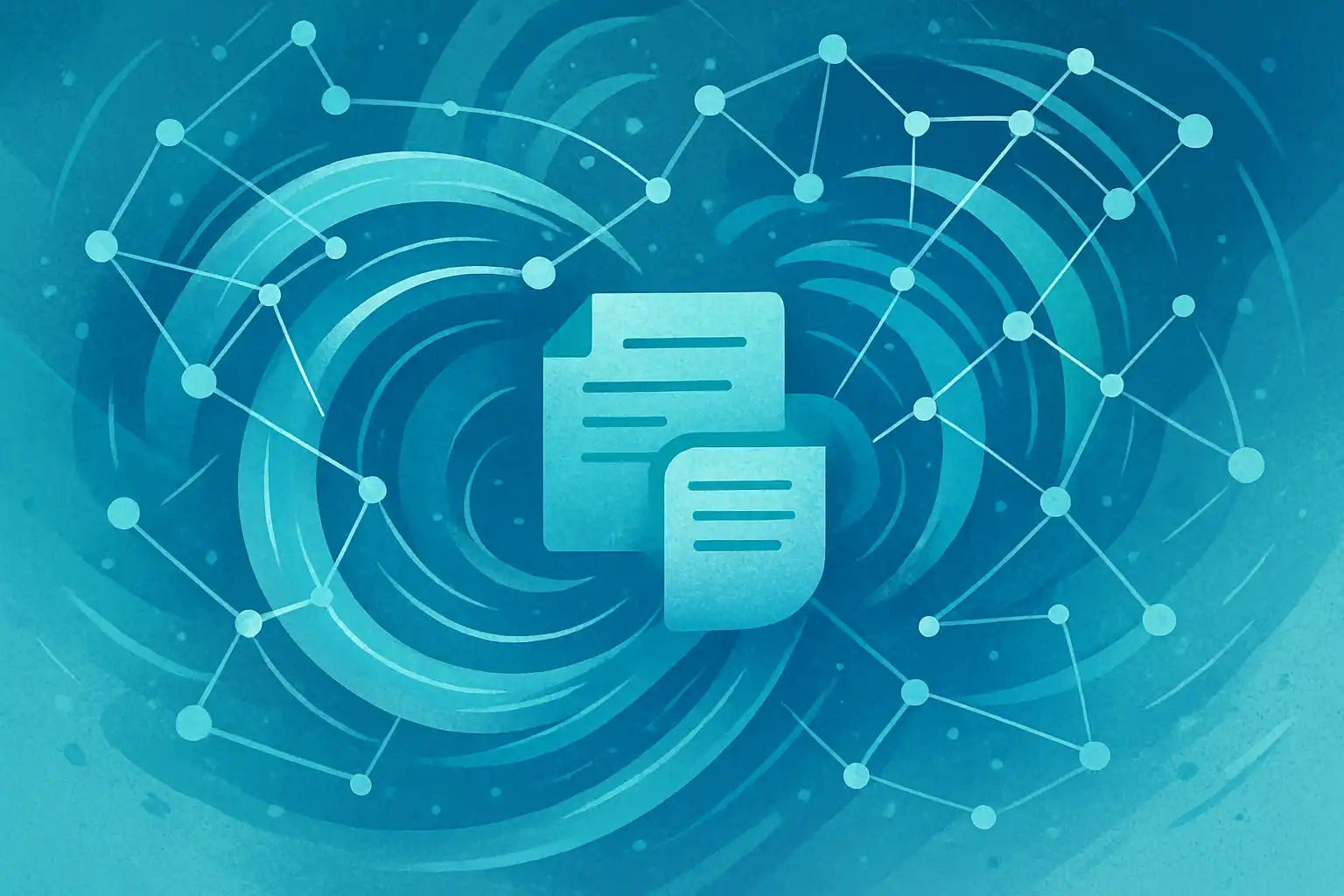
Text analysis services allow organizations, teams, and individuals to quickly unlock meaning from vast amounts of written information. By using these tools, you can understand sentiment, spot key themes, and gain valuable insights, often within minutes. Whether you deal with customer reviews, social media, emails, or business reports, text analysis services turn unstructured data into actionable knowledge. In today’s world, where written content grows daily, such services are essential to keep up, make better decisions, and stay ahead of the competition.
What are text analysis services and why do they matter?
Text analysis services are software tools or platforms that automatically examine and interpret large volumes of textual data. They use natural language processing (NLP), machine learning models, and linguistic rules to break down text and extract useful patterns. Their growing popularity is due to the explosion of digital content—think blogs, support tickets, online discussions, and surveys. Without automated help, reading and summarizing thousands of documents is nearly impossible and time-consuming.
Using text analysis services, companies can identify what customers think about products, find common issues in support conversations, or spot trends in news and media. In fact, a data science workflow guide can show how these services streamline processes and reduce manual workloads.
Key functions of text analysis services
- Sentiment Analysis: Identifies positive, negative, or neutral tone in language.
- Topic Modeling: Reveals main themes or subjects within large collections of documents.
- Entity Recognition: Pinpoints names, places, dates, and other important items.
- Text Summarization: Produces concise versions of longer texts.
- Keyword Extraction: Finds the most relevant words or phrases.
These functions make it easier to digest complex information and focus on what matters most. You don’t need to be a technical expert to use many modern platforms—most offer user-friendly dashboards with clear results.

How do text analysis services work in practice?
Most text analysis services follow a straightforward workflow. Here’s a general breakdown:
- Data Ingestion: Import your content, from plain text files to emails or web pages.
- Preprocessing: Clean the text by removing special characters, stop words (like “the”), and correcting typos.
- Analysis: The software applies NLP algorithms to understand the structure, meaning, and context.
- Extraction: Key information such as sentiment, entities, or topics is pulled out.
- Reporting: Results are visualized through charts, graphs, or summaries for easy review.
If you’re interested in how this fits with a wider set of data operations, exploring automated reporting for accurate and timely insights can give you a big-picture perspective on making decisions faster.
Real-world examples and use cases
To make this more concrete, let’s look at where text analysis services are commonly used:
- Customer Feedback: Retailers review thousands of comments and reviews to spot common complaints or praise.
- Market Research: Businesses analyze news, blogs, and competitor content to stay informed.
- Support Centers: Companies track support tickets or chat logs for recurring problems.
- Healthcare: Hospitals summarize patient feedback to improve care and communication.
- HR & Recruiting: Organizations scan CVs and cover letters for key skills and experience.
For example, an online store might process hundreds of customer reviews daily. With text analysis services, the company learns what features are loved or disliked and adapts its products accordingly. Social media teams can also get alerts if a brand starts trending for the wrong reasons, enabling swift action.
What should you consider when choosing a text analysis service?
With an array of text analysis tools on the market, picking the right one depends on your needs and resources. Consider these factors:
- Accuracy: How reliable are the results? Look for platforms with proven success in your language or industry.
- Ease of Use: Do you need coding skills to use it, or is it accessible for non-technical users?
- Data Security: Does the provider protect your sensitive information properly?
- Integration: Can the service connect with your existing tools, like email or CRM systems?
- Scalability: Will it support your data volume as your business grows?
Some popular text analysis platforms include MonkeyLearn, Google Cloud Natural Language, IBM Watson, and Amazon Comprehend. Each offers different advantages, pricing, and integrations, so it’s worth testing a few with your own data.
Advantages and downsides of text analysis services
- Pros:
- Save time by automating manual reading and categorization.
- Reduce human bias by applying consistent rules to all data.
- Scale easily to analyze millions of documents if needed.
- Uncover hidden trends that would be easy to miss by hand.
- Cons:
- May struggle with sarcasm, jokes, or local slang.
- Initial setup can require data cleaning and tuning.
- Not all platforms support every language equally well.
- Interpretation of results still benefits from human review.
When integrating text analysis into a larger system, understanding data processing workflows can help ensure accuracy and smooth results. That way, insights flow directly to decision-makers in your organization.
Which industries benefit the most from text analysis services?
Almost every sector can gain from text analysis services, but some fields use them more intensely:
- Retail and E-commerce: Monitor reviews and social posts to improve products and service.
- Banking and Insurance: Scan customer feedback to detect fraud and improve satisfaction.
- Healthcare: Summarize patient notes or survey responses for trends in treatment or care.
- Legal: Index and analyze contracts or case files more efficiently.
- Media and Publishing: Track public opinion and news coverage.
Organizations in regulated industries also value secure handling and transparency, which some services specialize in. If you’re comparing providers, consider how each one manages data privacy and accuracy for your field.
Common challenges and solutions
Despite their power, text analysis services face a few typical obstacles. Handling messy data—full of errors, misspellings, or mixed languages—can weaken results. Carefully preparing your data and selecting robust platforms will improve outcomes. For routine projects, you might set up a workflow where raw text is checked for errors before analysis. Relying on guides like data quality assessment ensures that what you analyze is clean and ready.
Finally, human oversight remains essential. While automation is fast, subtle context and nuanced meaning are best understood when a person reviews the results. Combining both approaches yields the most reliable insights.

FAQ: Text Analysis Services
What is the difference between text analysis and text mining?
Text analysis refers to extracting meaning from text, like finding sentiment or topics. Text mining is a broader term, often including analysis but also covers searching for specific patterns, clustering documents, or predicting trends. Both use similar technologies but may have slightly different goals.
Is it safe to use cloud-based text analysis services for sensitive data?
Most reputable providers use strong security, including encryption and access controls, to protect your information. However, it’s important to check privacy policies and compliance standards—especially if you handle confidential or regulated data. Some platforms also offer on-premises solutions for extra security.
Can text analysis services work with non-English languages?
Many platforms now support several major languages, but accuracy may vary. Always test with sample texts in your language and verify the output. Some services provide custom models for languages or dialects outside the main set.
How do I know if text analysis is right for my organization?
If you receive or manage large volumes of written content—like surveys, customer emails, social posts, or news—text analysis services can help. They are especially useful if you need to process information quickly, track opinion shifts, or gain insights at scale. For smaller projects, even basic sentiment or keyword extraction can offer value.
